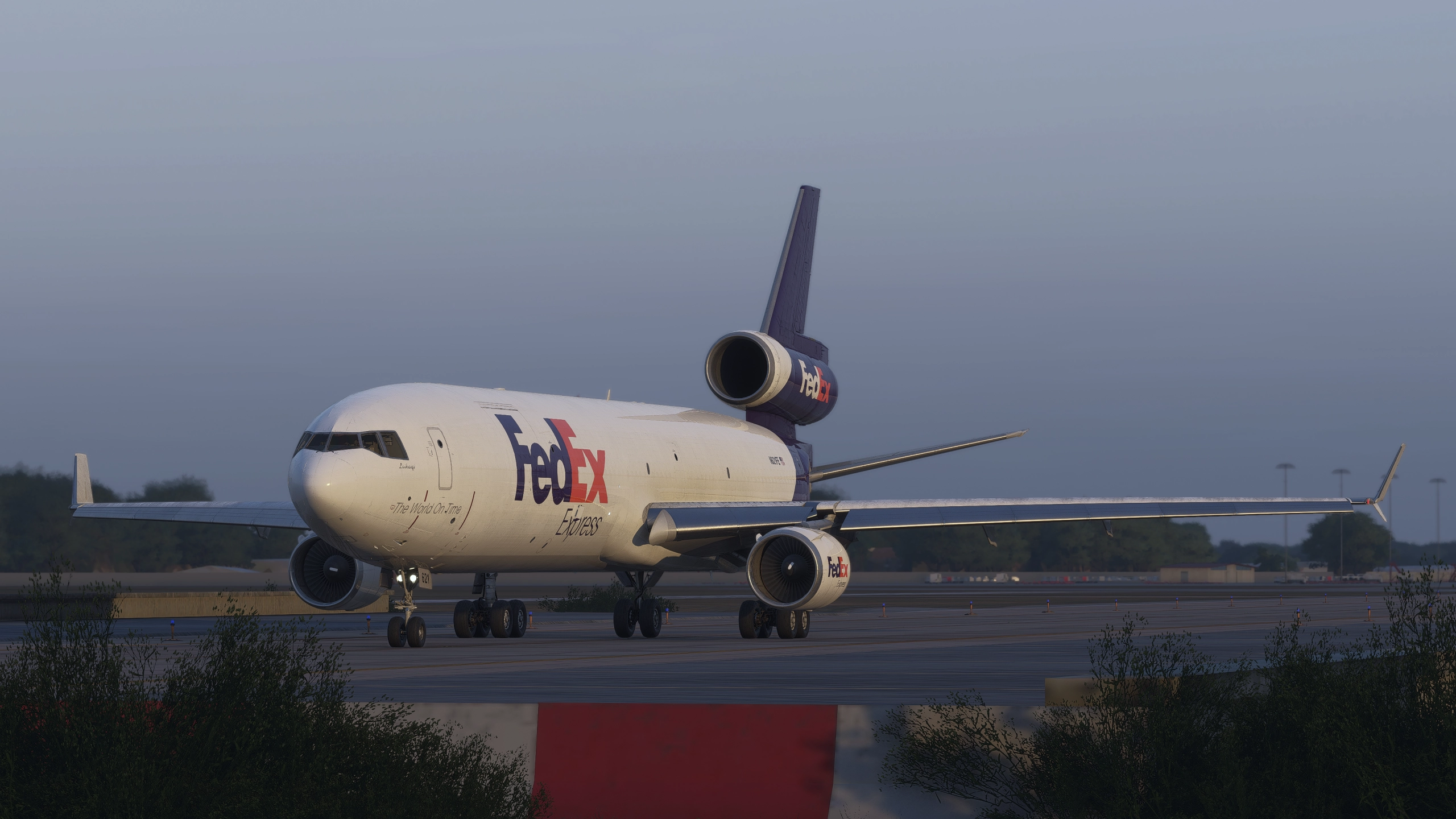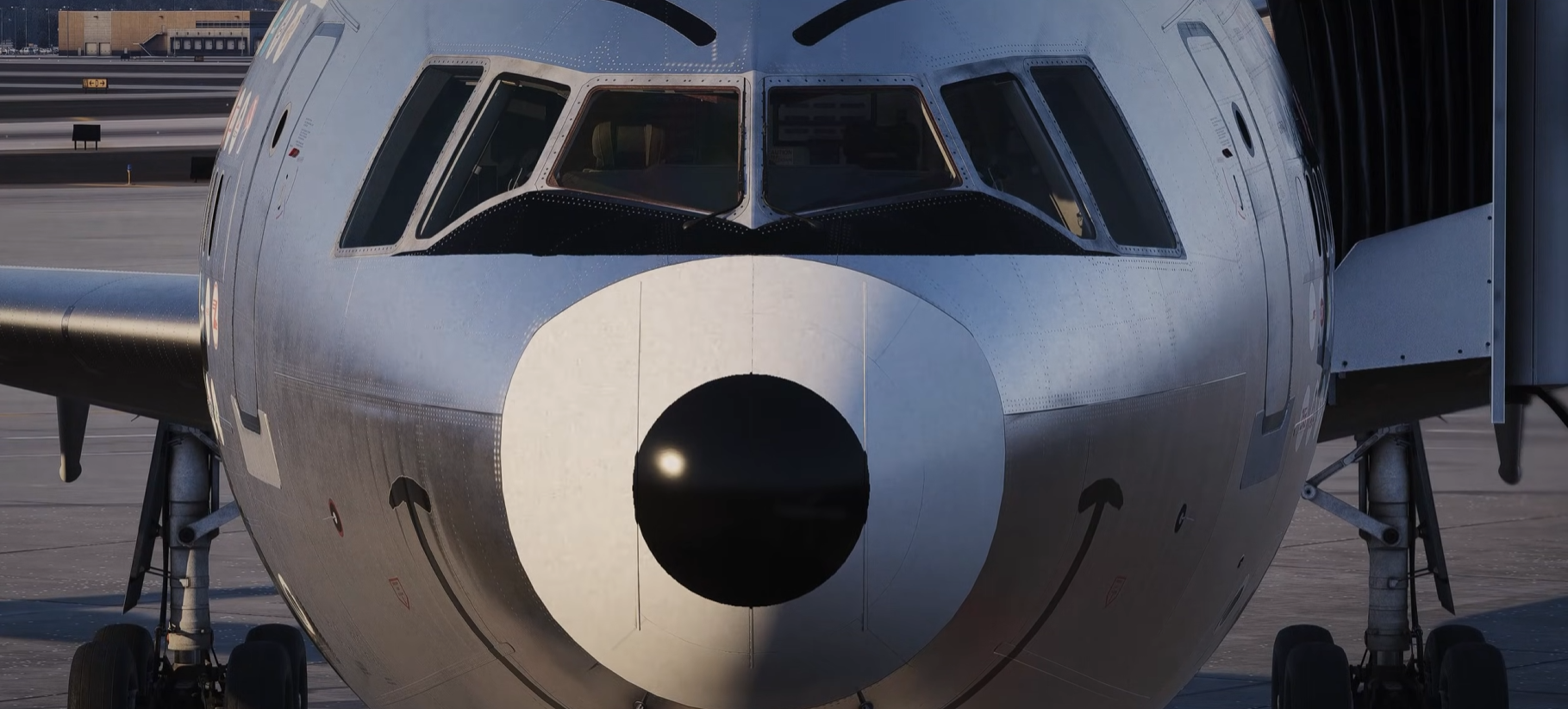Laminar Research Publishes March 4 X-Plane 12 Dev Update
As X-Plane 12’s release date slowly encroaches upon our current simulators, it is almost time to say goodbye as we look to the future. One will know it's almost time to fork out and invest in the latest Flight Sim Software, when the time between announcements decreases, and with that our anticipation increases. In this article I want to give a brief breakdown on Laminar’s latest blog entry, detailing the latest progressions on the forthcoming simulator. Let's take a look.
Confirming several speculations (and footage/software leaks as of late), X-Plane 12 currently resides within a closed private alpha group where our favorite third party developers have the opportunity to ensure their products are immediately compatible and without major bugs upon release. In the meantime, the team at X-Plane have provided in their announcement a table to give us a general overview on where the project currently stands and what still needs some work. As you will discover below, the announcement mainly addresses components mentioned under the “In Progress'' tab in their table. We will break down these items as we progress through the article.

The first item mentioned is rendering low visibility. The team at X-Plane have been hard at work to ensure that the fog visually reacts like fog, with a real focus on how atmospheric conditions will impact its appearance. Sunny days will now illuminate the fog and anything less than sunny will have fog appear slightly darker, with nights obviously having the darkest tone. In addition to this, the team has mentioned that their focus remains on ensuring the simulator represents an accurate environment in which instrument training can be conducted. They are achieving this by using a modeled “monolith” surrounded by runway lights as a calibration target, pictured below:

Next, the announcement shifts to water, something we typically tend to avoid an interaction with, unless you’re using a seaplane. Despite this, water has long been an oversight within X-Plane, with default textures looking underwhelming and dull. For version 12, water receives a major makeover in both function and form. In line with most modern titles nowadays, the water will be 3D, finally allowing users to see physical waves; the team has even gone as far as to work with Seaplane pilots during the Alpha phase, to pay particular attention on getting seaplane behavior correct.

Lighting is the cornerstone of X-Plane 12’s visual rejuvenation, now utilising a photometric system and running entirely in HDR. The team has updated their methods in which they design night lighting and light sources, such as urban lights and street lights. Precise attention has been given to sources that will impact your flying experience, such as approach, runway, and PAPI lights, which they have done in accordance to FAA specs. Previously, users relied on FlyWithLua scripts to bring life to a number of environment aspects within X-Pane, particularly lighting. We hope to see the new default lighting exceeding that of third party addons.

Anti-Aliasing is next on the agenda. X-Plane in the past has made partial use of a deferred renderer, what we have now learnt from the recent update is that in order to implement the new weather effects and lighting, deferred rendering will have to be and is the exclusive mode at which the X-Plane graphics engine runs. With the deferred rendering, X-Plane 12 will now support MSAA or Multisample Anti-aliasing which it was not able to when X-Plane only partially utilised deferred rendering. This comes with the potential for improved performance as opposed to the use of SSAA which severely impacted Frame Rate. To further improve framerate the team will be implementing AMD’s FidelityFX Resolution, which allows for faster rendering and presents users the opportunity to scale up to 4K and retain their framerate.
In terms of third party support, below are some short sweet points, that were mentioned in the announcement:
- Apple’s own silicon (M1 series) will be supported.
- OpenAL removed
- Chromium Embedded Framework will run at startup, allowing all plugins to share it, as opposed to previous versions where the first plugin to run CEF “own” it.
- The Team are building their own test Plugins and working along with third party developers to ensure the new pathways have been tested experimentally.
As mentioned in their full official update, which you can find here, the team has indicated that the next step from the current phase will be early access beta, which will be accessible to everyone willing to participate. This can be done through either a demo or full purchase. For more information stay tuned, or check out their full announcement. We will bring you the latest when made available.
Share this page
COMMENT ADVISORY:
Threshold encourages informed discussion and debate - though this can only happen if all commenters remain civil when voicing their opinions.




.webp)
.webp)






